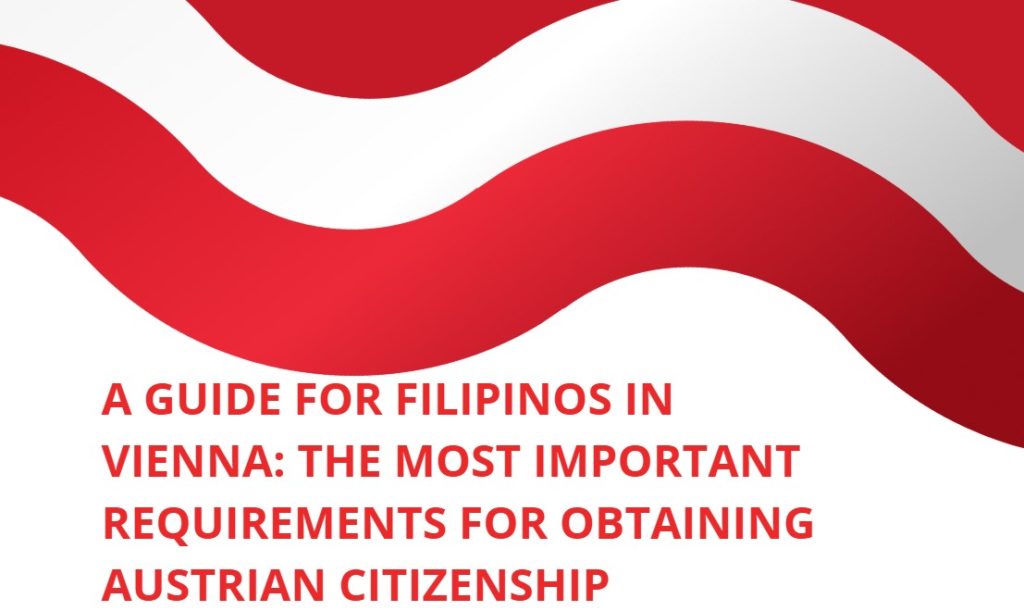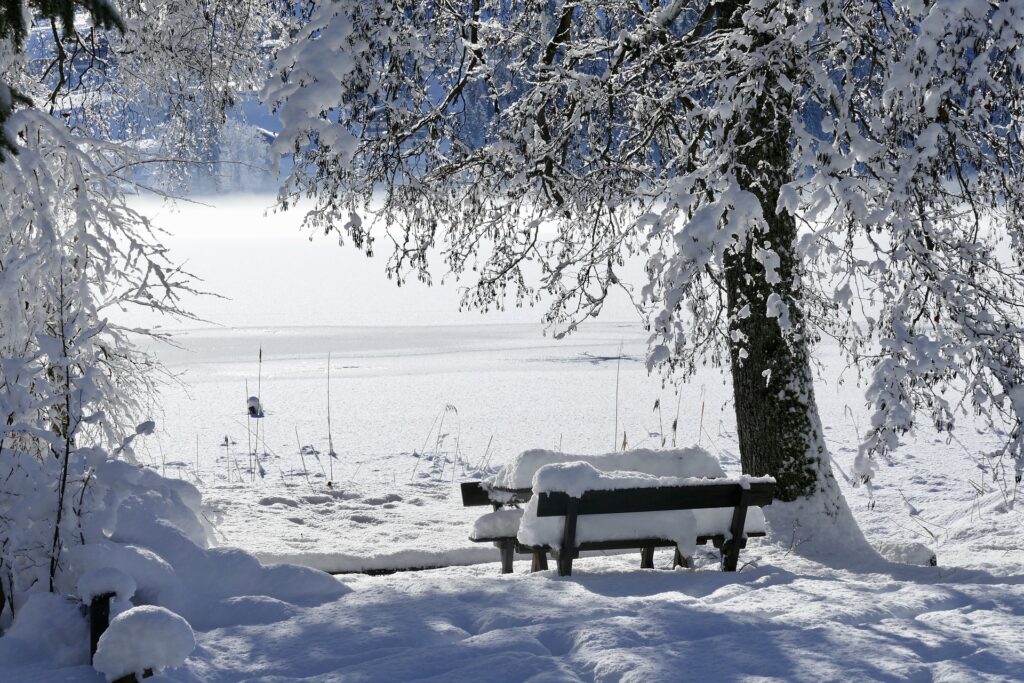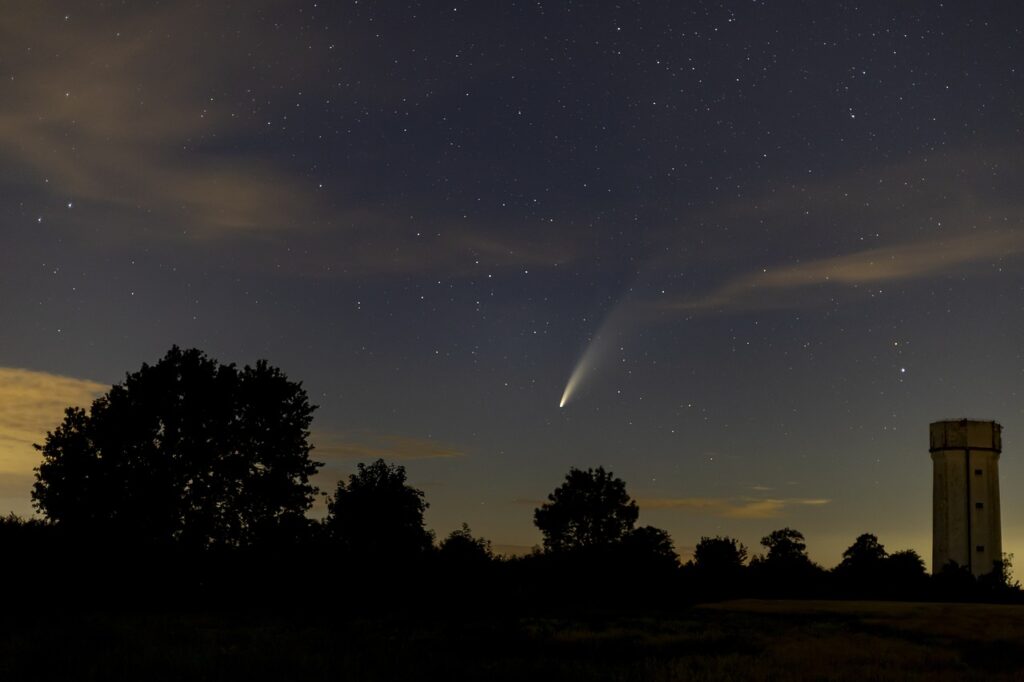The Corona Commission has published its risk classification indicators for the current traffic light system. These show that in calendar week 40 (September 28 to October 4), the source of infection was unknown in 35 percent of SARS-CoV-2 cases throughout Austria. The figures published on Friday from the new cluster analysis of the Agency for Health and Food Safety (AGES), on which the Corona Commission relies, also show that – with almost 60 percent of cases – households continue to be the number one source of infection.
“The school as a place of infection is not right,” said the chairman of the Corona Commission, Ulrich Herzog. Educational clusters would increase, but be it teachers, educators or caretakers who bring the Covid-19 virus into schools. The AGES figures for calendar week 40 show a total of 430 clusters with 1573 cases identified, but in the education sector there are only 14 clusters with 71 cases (4.5 percent).
With 252 clusters, on the other hand, almost 60 percent of all cases in Austria are assigned to the household; with 709, the proportion of cases is around 45 percent. 87 clusters were allocated to the leisure sector, accounting for 20.2 percent of the clusters with a total of 374 cases. In the current analysis, the area of work came in third place. 29 clusters were identified here (6.7 percent of all clusters), and there were a total of 155 SARS-CoV-2 cases related to work.
The cluster analysis is a key tool for the Corona Commission. According to the World Health Organization (WHO), a cluster is defined by an accumulation of cases by time or place or an accumulation of cases that are characterized by a common exposure – for example, a common trip or a visit to a leisure event. The identification of such clusters facilitates the containment of the virus spread and improves the assessment of the epidemiological development of Covid-19.
— Hector Pascua, Source: krone.at. Picture: stockilyapp.com
This post has already been read 1375 times!



